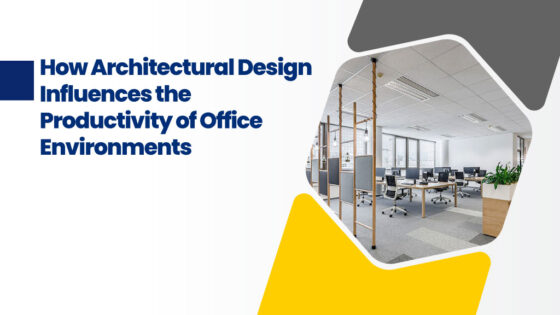Adapting to digital formats for designing, solving real-world problems, and developing strategic proficiency are becoming common in architecture. The digital base also predicts, plans, and manages the processes in the architecture in a way that is more efficient, sustainable, and responsive. It means the architecture field is transforming to digital, which helps architects design and collaborate with technology much more powerfully and effectively. And it is evident that BIM, cloud computing, and digital twins help the architecture field by empowering the technologies and connecting the stakeholders in no time. In this blog, we outlined the impact created by BIM as a digital transformation in the architecture field.
BIM for architecture:
Building Information Modelling (BIM) is the tool that the architecture, engineering, and construction industries make use of, BIM not only helps architects create better designs but also assists companies in expanding into multidisciplinary services and focusing on the growth of the business. It is obvious for the students to get practical experience in utilising the BIM tools when they have to graduate from the best colleges for architecture in India.
How BIM Contributes and Assist The Architects?
BIM technology becomes mandatory for business projects, and construction firms can work together more seamlessly. So, here are the benefits of BIM that allow architects to work faster and more efficiently without limiting the creative process.
- Cost Savings for architects: This software helps in analysing the construction cost estimates before the construction phase begins, So, architects can make use of these cost estimations in terms of materials, shipping the materials or modular pieces, labor, or payrolls based on the construction timelines. Secondly, it reduces human errors so it can safeguard against delays and costly repairs.
- Efficient process: Architects can make the building design faster and begin the construction process. The project needs to be completed with an improved and proper workflow and other efficiencies to save time. Architects can make use of robotics beforehand, which helps save time during the construction process.
- Cloud Storage: Virtual simulations are one of the advantages of this software, where multiple people can observe and modify , thus increasing productivity. This cloud storage always helps the organisation pass their development stage easily and efficiently.
- Communications: BIM allows the clients and architects to stay connected, along with the contractors and other people involved in the project, So, no one misses out on the instructions and can find the changes made by other departments, and monitor at ease. As BIM holds the relevant information in one place where others can review it and provide suggestions,
- Identify the adjustments: BIM helps the architects predict the construction damages or risks beforehand and can make adjustments in the designs beforehand. So, it is easy for the contractors to follow the workflow and meet safety regulations and on-site evaluations.
- Results that meet the expectations: BIM makes it easier for the design and construction processes, and clients can see the improvement in building quality. The calculations and models are detailed and accurate and focus on the higher quality structure. Architects can make use of the dimensions to view and customise the BIM using, 3D, 4D and now 7D where it mainly estimates the facility management costs during the structure planning.
So, BIM fixes and fits the architect’s work by offering more design choices, optimising, and materials and resources to complete the project within the plan & meet the client’s requirements on time. So, in the architectural field, BIM becomes essential for architects, and it is expected that the students who are pursuing this field in the top 10 architecture colleges in India have the need to develop the skills and experience in using BIM, which is possible when they get into internships or any field work.
Overcoming the flaws in the traditional process: Digital Transformation in Architecture
When we look back, it is true that the transition from sheets to CAD drawings seemed impossible, but now it is easier. Technology plays a huge role in architecture when it comes to data storage. Now, digitalization is moving forward from 2D, 3D transitions of designs, we can expect the predictions of digitization in the upcoming years in the construction industry to be better.
And, to keep in mind, top architectural universities have also taken the change of digitization in the architectural field seriously. They include a lot of technological practises in their B. Planning courses so they can benefit those who want to build a better future.
Conclusion:
The digital platform brings the architecture to the next level, where they can easily design, develop, and deliver services. It helps the business increase the efficiency and effectiveness of operations that unlock new and real potential.






